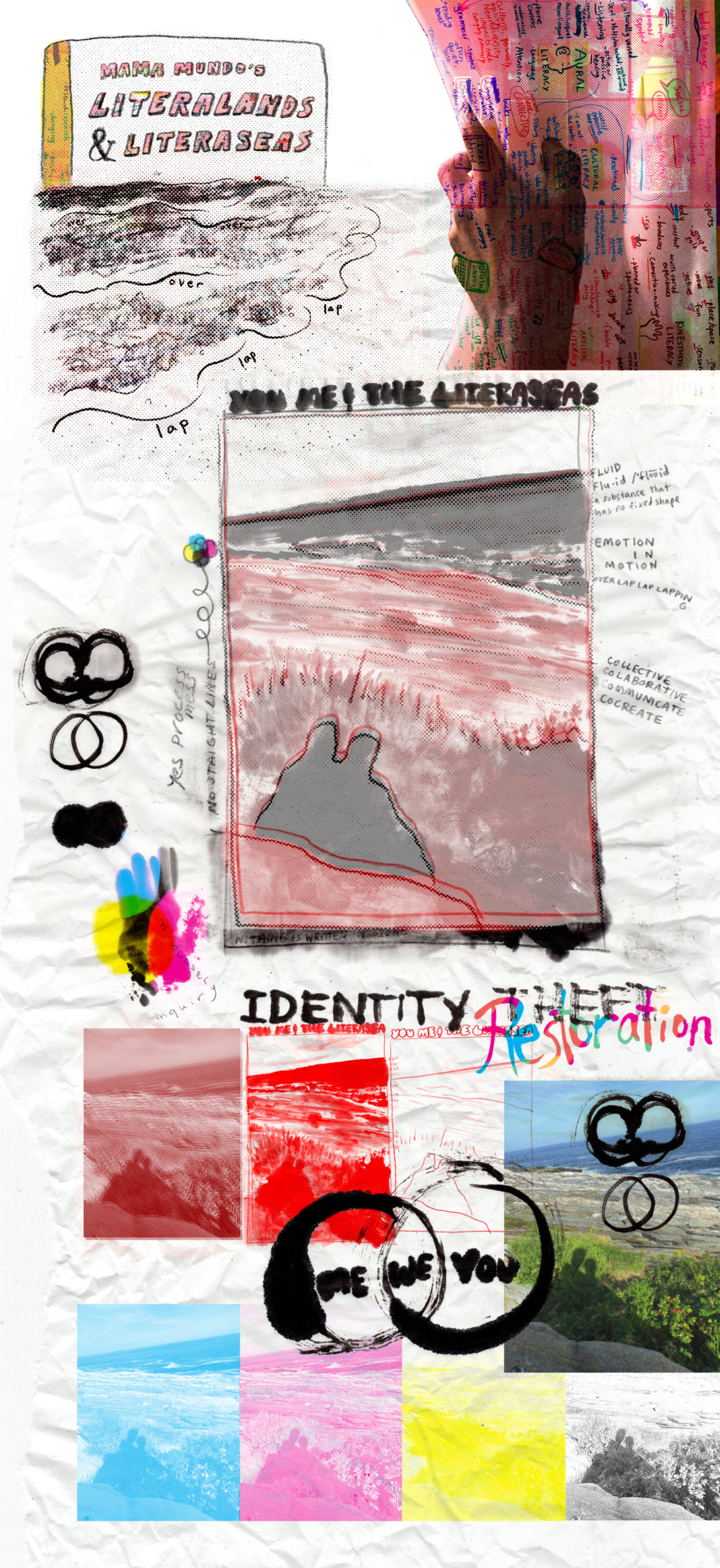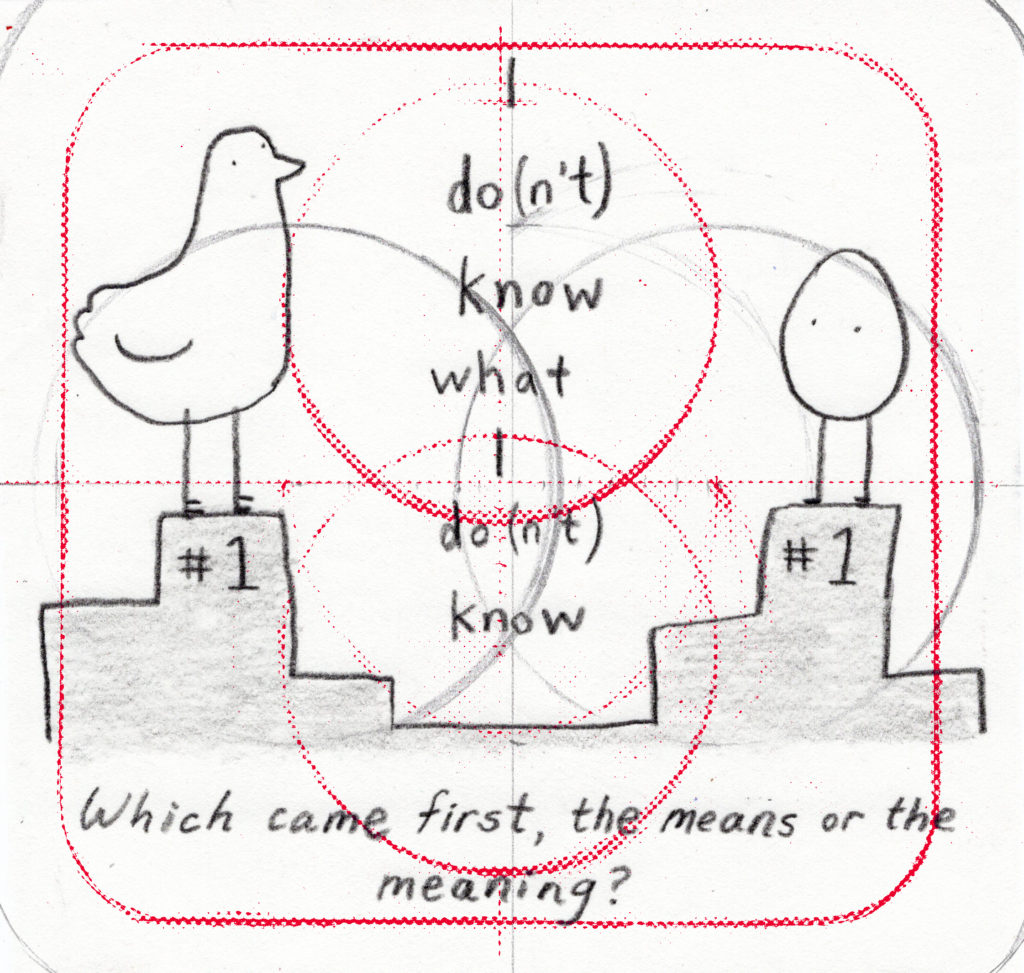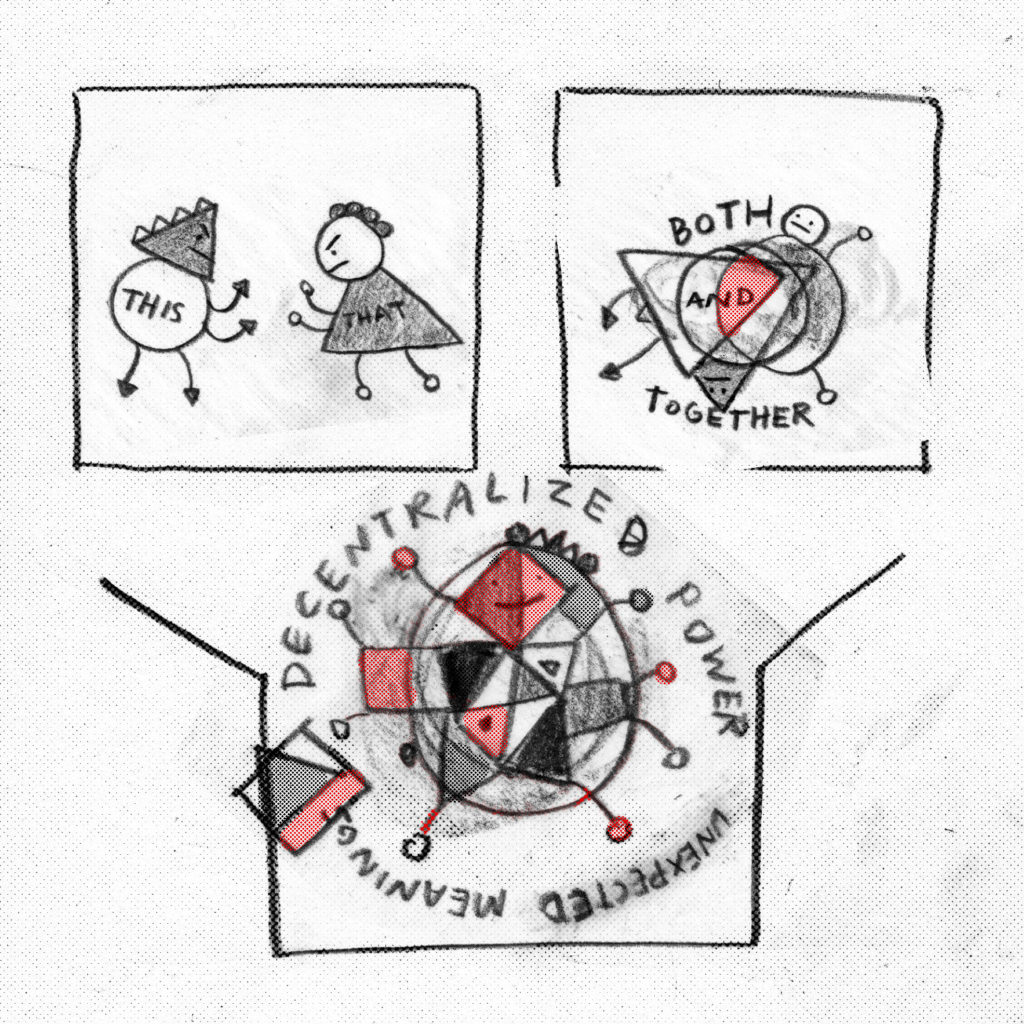The ESSER III Deadline Explained

Only a month into the new year, education decisionmakers are at a critical juncture with the looming 2024 deadline for the Elementary and Secondary School Emergency Relief (ESSER) III funds. These funds provided approximately $190 billion to states, districts and charter schools beginning in 2020. Here’s what the arts education community needs to know about the upcoming deadline.
States and districts have until Sept. 30, 2024, to spend or obligate these funds. New guidance from the U. S. Department of Education details that states can submit a request to extend the deadline to spend these funds for up to 18 months past Sept. 30. The extension is not automatic and must be submitted by the state on behalf of the state and districts with an explanation of how the funds will be spent. The Department of Education includes important distinctions in the accompanying FAQ document.
How can these funds be used?
These funds can be used for a wide range of activities that are currently authorized under federal well-rounded education programs (such as those under the Every Student Succeeds Act). This may include, but is not limited to, training and professional development, educational technology, purchasing supplies, facility upgrades, afterschool or summer learning programs, and . The National Association for Music Education offers a helpful toolkit that outlines this information for music and arts education.
The Department of Education specifically encourages grantees to describe how the investments support strategies grounded in research to increase attendance, provide high-quality tutoring and increase access to out-of-school and extended learning time. ArtsEdSearch currently houses at least 84 studies focused on the impact of arts in out-of-school time instruction. Research from Boston Public Schools also demonstrates the positive impact of arts involvement on student attendance. The AEP team is here to support you in identifying, understanding and communicating about research.
How much is unspent?
While the data is tricky to track down, some current estimates project that by Sept. 30, 2024, roughly 46.5%, or just over $50 billion, will still be unspent by districts. Other sources say that districts are at a pace to spend down the funds. What we do know is that this will vary between districts. Many districts have expressed concerns about spending down existing contracts, and money that is unspent within the allotted time will be turned back to the federal government.
What comes after ESSER III?
Advocates and others have growing concerns about what the abrupt end of federal funds will mean for students. States and districts will be facing a fiscal cliff that on average will leave districts with an estimated reduction in spending of around $1,000 per student, which equals 6.9% of total spending on average. Given that ESSER funds were designed to provide greater levels of support for high-need schools, this will have an even more significant impact on the least resourced schools and districts. Without a plan for what happens after the funding deadline, these investments may only be quick, one time decisions that are not sustained in future years.
Here are some ideas for actions that school, district and state leaders can take now before we approach the deadline:
- District leaders should evaluate whether their districts are on track to spend down their funding allocations, or work with the state to request an extension with a formal commitment of the funds to be spent by spring 2026.
- State and district leaders can leverage evidence on the benefits of the arts in the specified areas by the Department of Education in their extension requests.
- Arts coordinators at the district level can communicate to school leaders what is unspent and how these dollars can support arts learning.
- School leaders and educators can identify areas of need within their schools related to the arts and share these with district leaders — specifically one-time investments of supplies, facility upgrades, or contracts with teaching artists or out-of-school time providers that will be fulfilled within 18 months.



